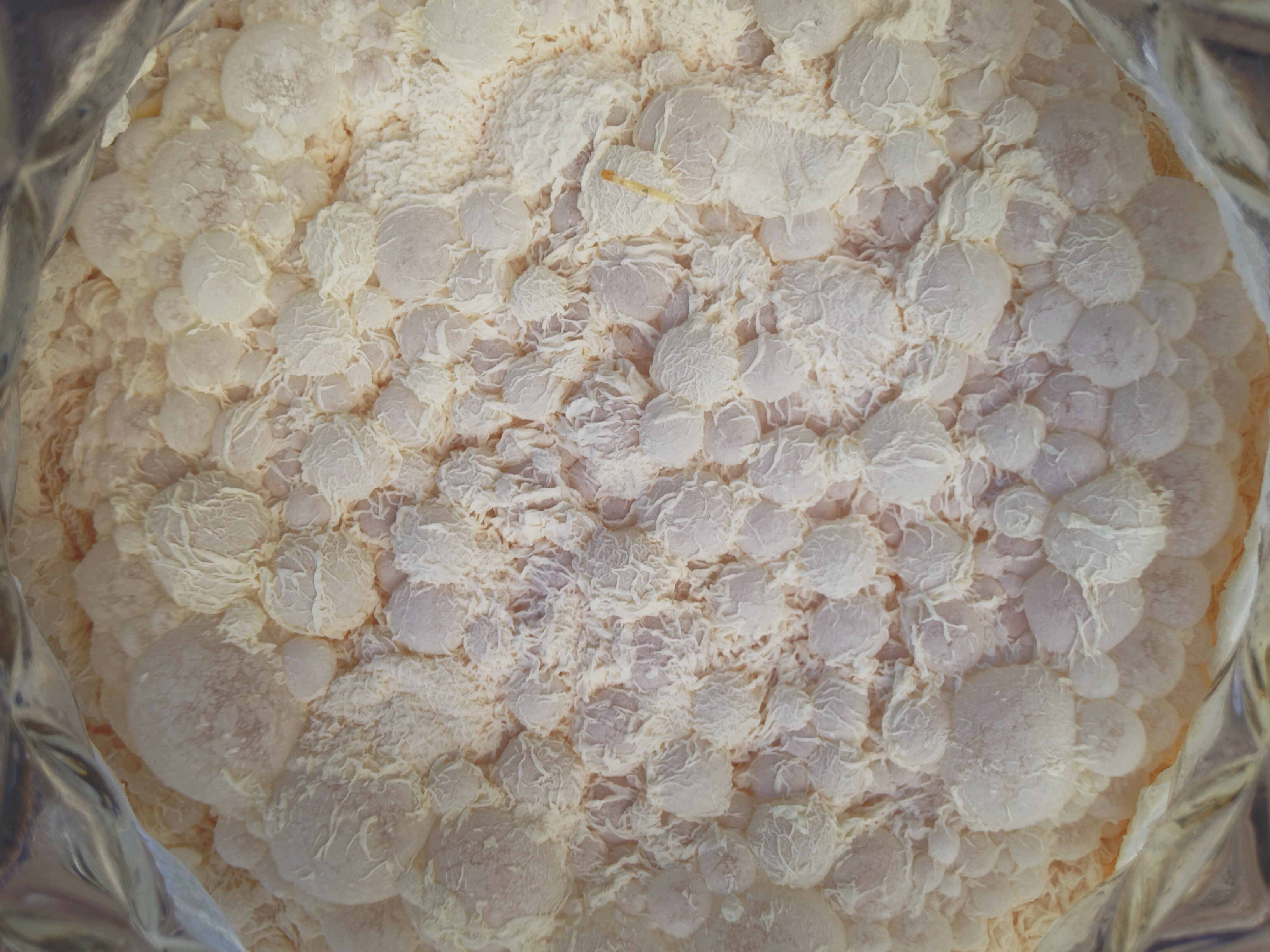If you have not, read part 1 first, as this will give you a primer on how I cultured wild lactobacillus. WARNING: another long-winded post on things that you probably don’t care about unless you are a nerd like me!

After nearly a week of letting my lactobacillus starter sit outside, the pellicle inside was huge and it smelled like lemon yogurt. I finally brewed the beer. The plan was for this to be a sour saison. I added some rye malt as well, to ensure that there’s a more complex malt character and so that this doesn’t turn too thin and weird if the lactobacillus I cultured sucks.
At this point, you have a couple of options on how you can add the lactobacillus: (more…)

If you’re anything like me, then when you do something for the first time, you like to make it as complicated as possible. Case in point: making a sour beer.
Sour beers get sour by adding bacteria that converts sugars into various acids. Lactic acid is most common in sour beers, providing a clean, lemony taste. However other acids that could be found include malic acid; which tastes like sour apples, acetic acid; which is basically vinegar, and butyric acid; which is similar in aroma to bile. The bacterias and wild yeasts that create these acids (namely lactobacillus, pediococcus, sherry flor, and brettanomyces) can very easily be purchased by a number of yeast labs. But I thought it would be more fun to culture my own lactobacillus.
WARNING: long-winded, microbiology filled post!
Lactobacillus (henceforth known by it’s more common street name: lacto) can be found virtually everywhere, including inside the human body. Lacto is also what’s used to sour milk into yogurt. In fact, I’ve read that you can even use yogurt as a lacto starter to add directly to beer. I decided instead to use a more practical source: malted barley. (more…)

